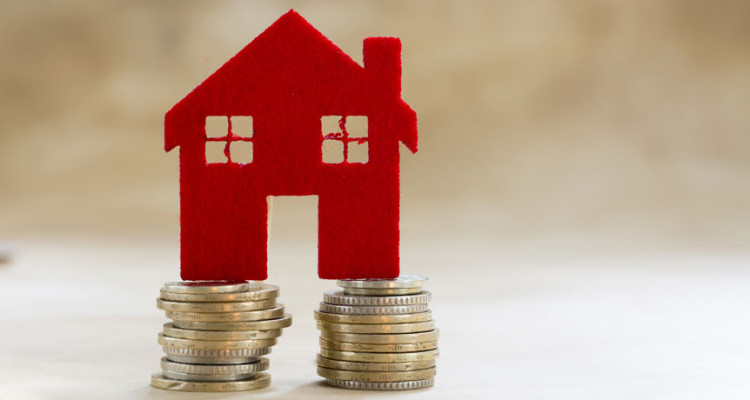
Purchase Price, Registered Value, E-Value, Market Value, RV, CV, GV. There’s no shortage of ways to list put a dollar sign next to a house.
Graeme Fowler, Hawkes Bay property investor, knows a thing or two about these different terms and why they can sometimes result in vastly different values. Here he runs us through a crash course in types of house values.
Purchase Price
This is the price you pay for a property when buying, and it may actually be worth more, or less, than what you are paying for it.
Sometimes you may be in a multi-offer situation where you end up paying more than you originally intended to, or because you really like the property. Other times, it may be in need of work, or the owner wants to sell it quickly, so you may buy it for less than what it is really worth.
Rateable Value (RV), Capital Value (CV), or Government Value (GV)
This is used for rating purposes and is a very rough guide to approximately what a property may be worth.
In some locations, properties may sell on average around the GV, and in other locations they may sell for approximately 20% or more above the GVs. In some instances, especially in Auckland recently, the CV can be at least $100,000 less than what a property will sell for.
Also, you may buy a property that’s run down and needs a lot of money spent on it, and then do a big renovation on it and it’s now worth a lot more. However, the CV will still be exactly the same as the property is in most cases not viewed by the GV assessors, so is not something to be taken as a useful guide to establishing a property’s true value.
E-Value
Also known as desktop valuations, these are taken from an online system that calculates values based on recent sales in the area.
These can also be very inaccurate.
It is generally used by banks as a guide for them to use to determine approximately what a property is worth. These values can vary a lot depending on what the property last sold for, and other data that is collected.
Registered Valuation
This is a valuation that you pay for, and is written up in a detailed report giving you comparable sales in the area. The banks will often use this to determine what amount of money they will lend you.
Registered valuations can also vary depending on whether the valuation is for the vendor, or for the buyer.
They can also vary a lot depending on the valuer. Some valuers will be conservative and use comparable sales to give a lower figure as a valuation, and others will be more generous, comparing the one being valued to higher sales in the area.
I’ve seen valuations vary by 50% on the same property in the same week!
Market Value
This is the true value, or price that you would be able to sell or buy the property for. This would be a willing buyer, willing seller in today’s market.
The market value changes over time, sometimes quickly, sometimes slowly. There is no exact market value for any property as it depends on how willing the buyer is and how keen the owner is to sell.
It can also come down to who negotiates a better deal, whether it is a private sale or sold through an agent. The agent’s expertise in negotiating also comes into it.
However, with a willing buyer, willing seller, and each getting a fair deal, the market value would normally sit within a 3-5% range. For example, let’s say a property is sold for $200,000 under normal circumstances, the market value may be around $195,000 - $205,000.
Nothing beats experience
Generally, knowing the market value only comes from lots of experience, knowing the market very well, knowing other recent sales, and being totally immersed in what’s going on in your area.
To give you an example of a couple of properties I purchased last year as buy and holds, here are the various values on each of them.
Property 1:
a) Purchase price (including reno): $110,000
b) RV, GV, CV: $122,000
c) E-Value: $140,000
d) Registered Valuation: $175,000
e) Market Value: $150,000 - $155,000
Property 2:
a) Purchase price: $134,500
b) RV, GV, CV: $114,000
c) E – Value: $107,000
d) Registered Valuation: $160,000
e) Market Value: $145,000 - $150,000
The first property varies from a purchase price of $110,000 (including reno) up to a registered valuation of $175,000.
The second property varies from an E-Value of $107,000 up to a registered valuation of $160,000.
You can see by looking at all of these numbers above why a lot of people get so confused.
They all have a purpose, whether the value is for the banks use to determine how much they will lend you, the council’s purpose for charging rates on the property, or knowing for yourself what a property is really worth.
But the best way to get an accurate value is by understanding and knowing local market inside out.
